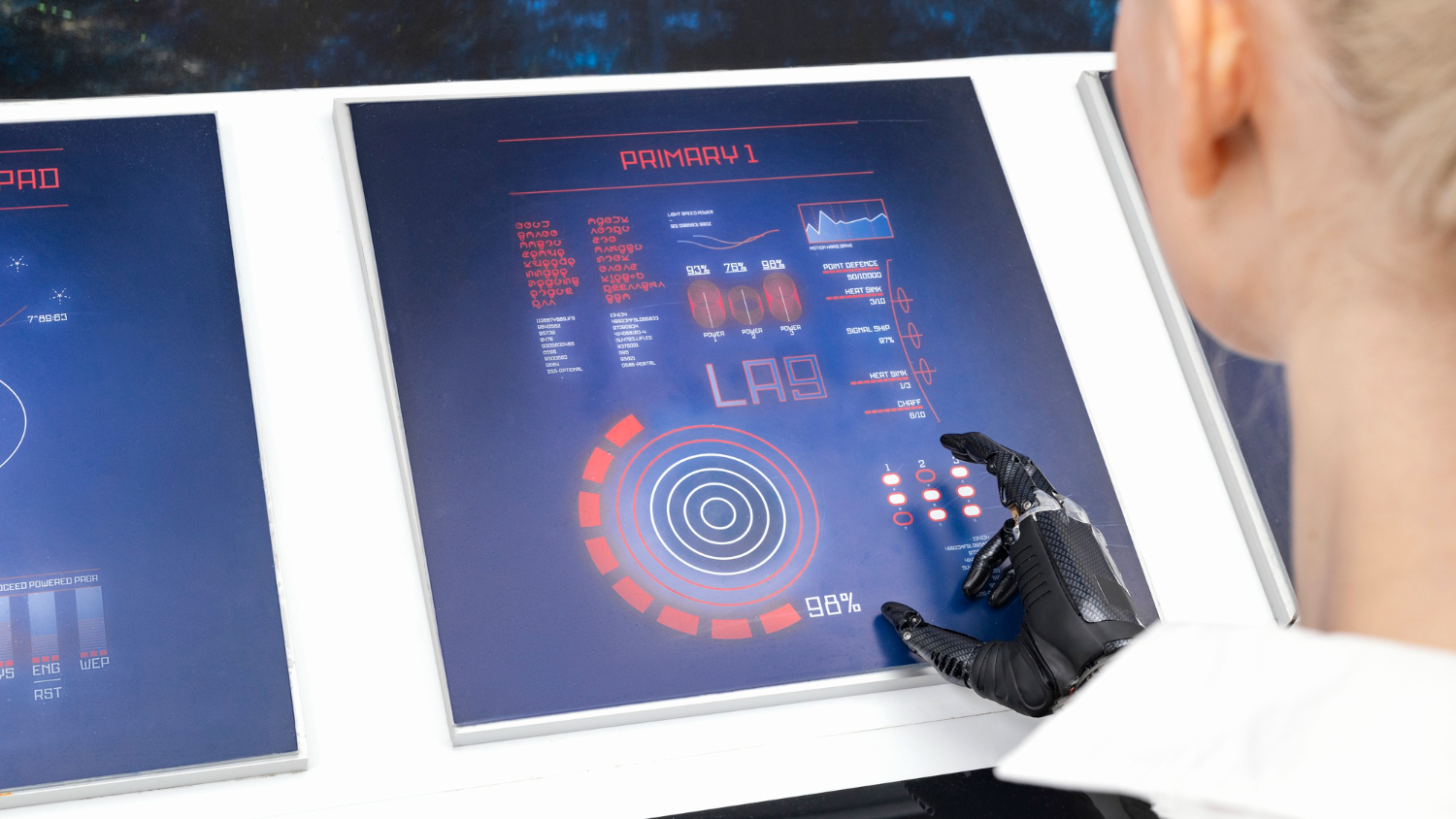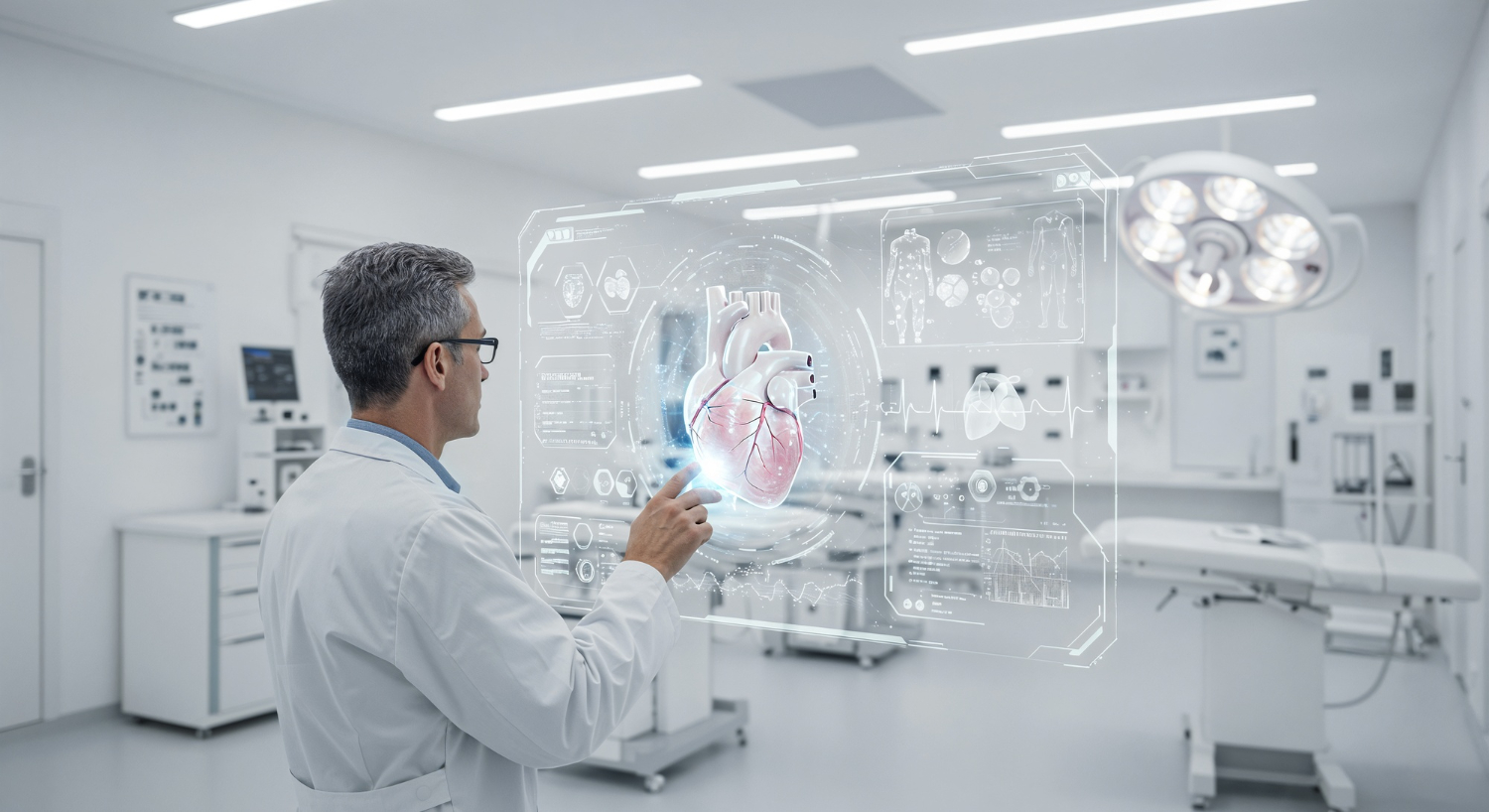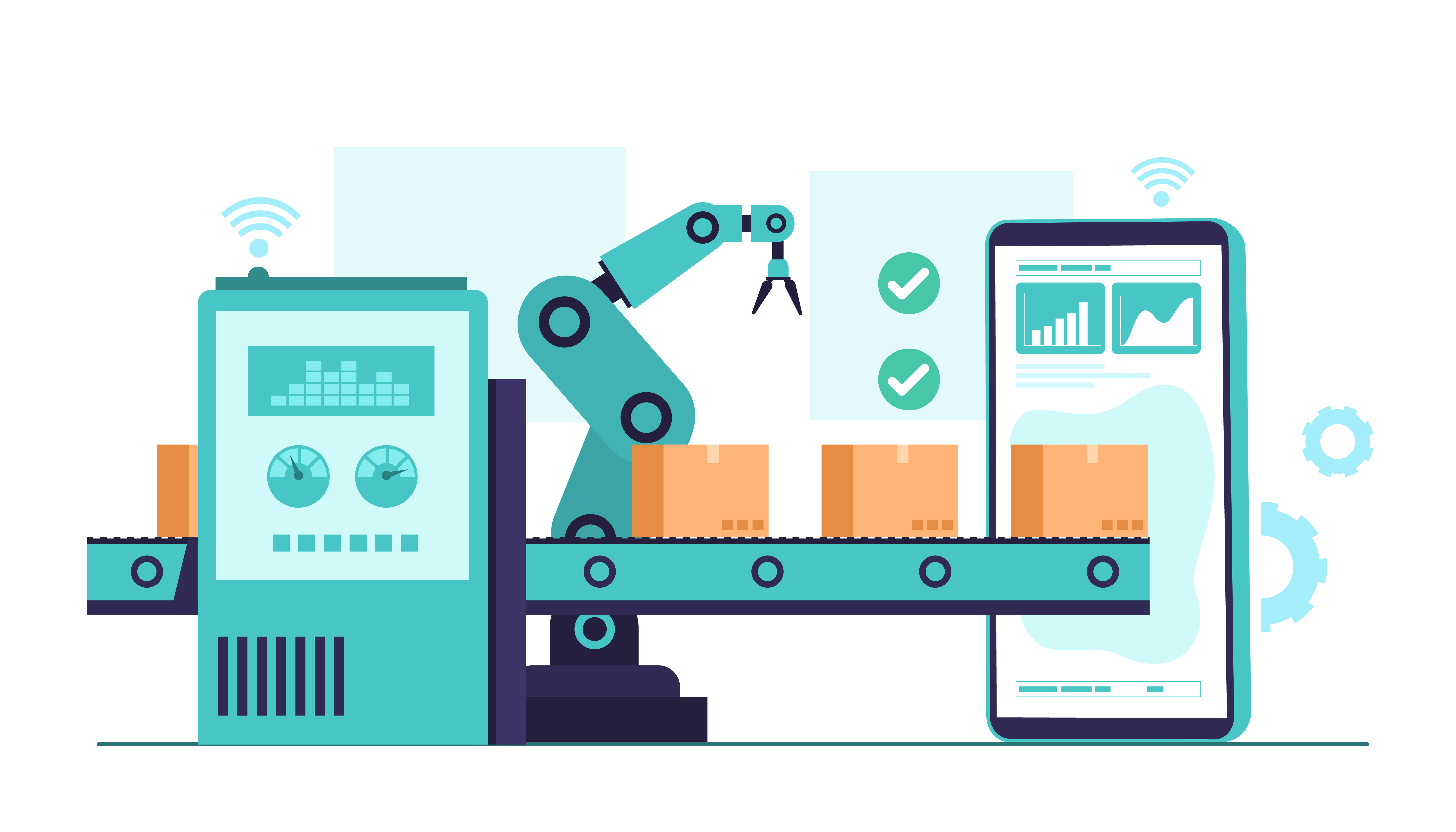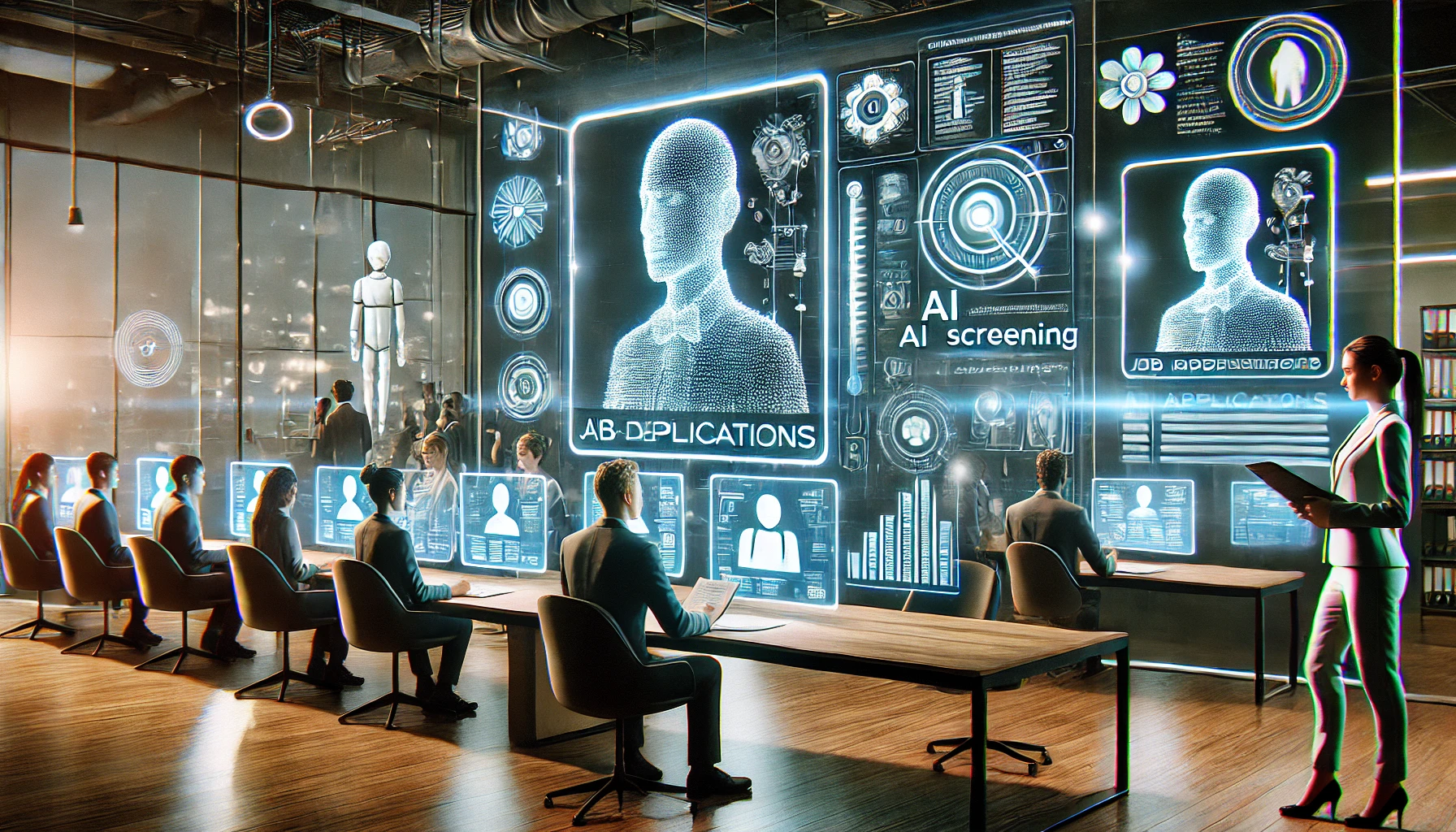Top 10 Applications of Computer Vision in Manufacturing for 2025

Strong 8k brings an ultra-HD IPTV experience to your living room and your pocket.
The manufacturing sector is in the midst of a significant transformation, with computer vision taking center stage. Once considered a futuristic concept, computer vision is now a core enabler of smart factories, where machines don't just operate—they observe, interpret, and act. As we head into 2025, the adoption of computer vision is expected to grow even more rapidly, delivering automation, precision, and efficiency across production lines.
In this article, we’ll explore the top 10 applications of computer vision in manufacturing for 2025, offering insights into how each use case is reshaping modern industry.
1. Automated Visual Inspection
What It Is:
Visual inspection is one of the most established applications of computer vision in manufacturing. Cameras and AI models are used to detect product defects, surface anomalies, misalignments, and missing components.
Why It Matters:
Manual inspection is slow, subjective, and error-prone. By automating the process, manufacturers ensure higher quality consistency, reduced waste, and real-time feedback.
What’s New in 2025:
Advanced edge AI devices with on-device inferencing enable faster, real-time inspections even in remote locations. Deep learning models now adapt to variations in lighting, camera angles, and even subtle material defects.
2. Predictive Maintenance with Visual Cues
What It Is:
Computer vision systems monitor machines visually—detecting oil leaks, abnormal vibrations, misalignments, or even overheating by thermal imaging.
Why It Matters:
Unplanned downtime can cost manufacturers thousands (or more) per minute. Vision-driven monitoring enables early fault detection and maintenance scheduling.
What’s New in 2025:
Combining computer vision with IoT and historical data creates intelligent systems that not only predict failures but also suggest preventive actions.
3. Assembly Line Monitoring and Optimization
What It Is:
Vision systems track product movement across assembly lines to ensure workflow optimization, timing accuracy, and worker safety.
Why It Matters:
Even a minor delay in one section of an assembly line can impact the entire operation. Computer vision helps identify and remove such bottlenecks in real time.
What’s New in 2025:
Augmented reality (AR) is now being layered over live video feeds, providing workers and supervisors with insights and suggestions right on the shop floor.
4. Worker Safety and PPE Compliance
What It Is:
Computer vision detects whether workers are wearing required personal protective equipment (PPE) such as gloves, helmets, or masks.
Why It Matters:
Safety regulations are non-negotiable, and non-compliance can lead to legal trouble and workplace injuries. Vision systems ensure 24/7 compliance monitoring.
What’s New in 2025:
Enhanced accuracy and edge deployments make these systems accessible even in smaller factories, while integration with employee management platforms improves accountability.
5. Robotic Guidance and Vision-Based Pick-and-Place
What It Is:
Robots use cameras to identify and pick objects—even if randomly placed or partially occluded—on conveyor belts or in bins.
Why It Matters:
Traditional robotic systems relied on predefined paths. Vision-based robots are far more flexible and can adapt to dynamic environments.
What’s New in 2025:
High-speed vision algorithms enable sub-second response times, making these systems viable for high-throughput environments like automotive or electronics.
6. Inventory and Warehouse Management
What It Is:
Computer vision tracks inventory movement and placement within storage areas and warehouse shelves, minimizing human error.
Why It Matters:
Knowing exactly what’s where in real time reduces stockouts, improves order accuracy, and speeds up fulfillment.
What’s New in 2025:
Drones and mobile robots with embedded cameras autonomously scan barcodes, QR codes, or even object shapes—reducing reliance on manual inventory checks.
7. Barcode and OCR for Traceability
What It Is:
Optical Character Recognition (OCR) and barcode/QR code reading ensure end-to-end traceability of products from raw materials to finished goods.
Why It Matters:
Traceability helps with recalls, quality assurance, and compliance in industries like pharmaceuticals and food processing.
What’s New in 2025:
Vision models now read damaged or partially obscured codes, and smart tagging with AI-powered OCR works on curved, shiny, or flexible surfaces.
8. Real-Time Process Control and Feedback
What It Is:
Cameras continuously monitor and analyze production processes. If a deviation is detected—like incorrect part placement or irregular movement—the system alerts or auto-corrects it.
Why It Matters:
Instead of post-process correction, issues are addressed in real time, leading to less waste and higher yields.
What’s New in 2025:
Edge-based inferencing and reinforcement learning models offer self-improving feedback systems that evolve with the production line.
9. Human-Robot Collaboration (Cobots)
What It Is:
Cobots equipped with vision systems understand worker movements and intentions, enabling safe and efficient collaboration.
Why It Matters:
Cobots enhance productivity by working alongside humans, but they must interpret gestures and maintain safe distances.
What’s New in 2025:
Improved spatial awareness, skeletal tracking, and gesture recognition have made vision-equipped cobots safer and more intuitive than ever.
10. Sustainability and Waste Reduction
What It Is:
Computer vision helps identify faulty products, reduce overproduction, and optimize resource usage, contributing to sustainability goals.
Why It Matters:
Manufacturers face increasing pressure to reduce their environmental impact. Waste detection, recycling identification, and optimized usage are all improved with vision.
What’s New in 2025:
Green AI models are trained to operate efficiently on low-power devices while maintaining high accuracy in detecting inefficiencies.
Challenges Developers Must Consider
While these applications highlight the potential, developers and engineers must still address key challenges:
Data Quality: Poor-quality image data can derail even the best models.
Model Deployment: Deciding between edge (on-device) and cloud (centralized) processing involves trade-offs in latency, cost, and scalability.
Integration: Seamless communication with PLCs, SCADA systems, and MES platforms is essential.
Privacy and Ethics: Especially when monitoring workers, data collection must comply with labor and privacy laws.
Looking Ahead: What Makes 2025 Different
Several technological advances make 2025 a pivotal year for computer vision in manufacturing:
Edge AI maturity: More capable devices like NVIDIA Jetson Orin and Google Coral bring robust AI to the edge.
Standardized frameworks: OpenCV, PyTorch, and ONNX now support industrial protocols and hardware acceleration.
Synthetic data generation: This allows model training without relying solely on real-world defective samples.
No-code platforms: Tools like Landing AI and Roboflow democratize access to building and deploying vision models.
Conclusion
The applications of computer vision in manufacturing are expanding rapidly, transforming how factories think, operate, and compete. From quality control and worker safety to predictive maintenance and intelligent robotics, the technology offers a strategic advantage that can no longer be ignored.
As we move into 2025, it’s not a question of if manufacturers will adopt computer vision—but how fast and how far they’ll go. For developers, engineers, and innovation leaders, this is the ideal moment to design, build, and scale solutions that redefine industrial intelligence. Embracing computer vision in manufacturing is no longer optional—it’s essential for future-ready operations.
Note: IndiBlogHub features both user-submitted and editorial content. We do not verify third-party contributions. Read our Disclaimer and Privacy Policyfor details.






